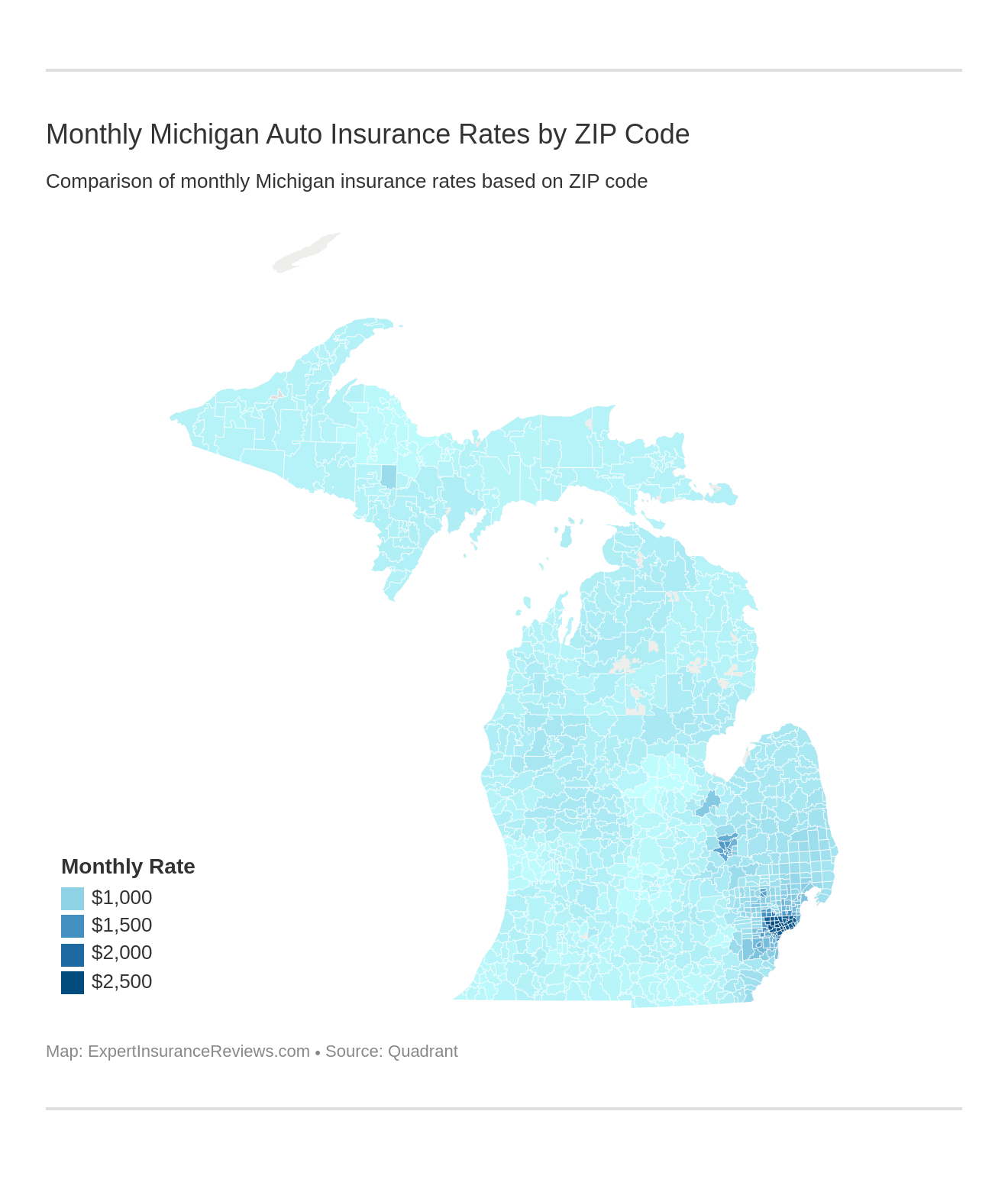

Over the last couple of contracts, we haven’t really hit what we’ve been asking for, and we feel like this is the time.įord assembly plant Worker Jonathan Ellis, Louisville, Ky.Īt the same time, the automakers are set to lose more revenue the longer their plants are shut down. “At 40% greater cost than conventional technology, passing the additional cost of electrification on to consumers is not an option as it puts EV affordability at risk for middle-class buyers.” “As we look ahead to that electrified future, we need to maintain our profitability while remaining competitive,” Stellantis said in a statement. The companies say they need to balance their labor costs with investments in EV infrastructure, especially given growing competition from the likes of Tesla, Volkswagen and Hyundai, which all employ typically much cheaper nonunion workers in the U.S. Stellantis proposed late last week to boost wages by 14.5%, which Fain rejected the same day as “deeply inadequate.” The highest percentage increase publicly on offer is Ford’s, at 20%, which the UAW said “barely makes up for minimal past raises combined with high inflation.” The automakers have improved their counteroffers, including to record levels, but the proposals still fall short of the UAW’s 40% target. “This 40% would help a whole lot of people,” Dale said. “Not evenly per se, but show us the same gratitude you’re showing the CEO.”ĭale said that after more than seven years of service, he makes $29.63 an hour, still short of the company’s top rate. “I feel like this money should be spread around,” said Troy Dale, a UAW Local 862 member at Ford’s truck plant in Louisville, Kentucky. That ratio is 362-to-1 at GM and 281-to-1 at Ford, putting all three automakers above the average S&P 500 company’s ratio of 272-to-1, according to the AFL-CIO, a major coalition of unions. But disclosures show the company’s CEO, Carlos Tavares, making 365 times as much as its median employee.


During the same period, the median GM employee’s pay grew by just 2.8%, public filings show.įord appointed a new CEO, Jim Farley, in 2020, and pay for that role jumped by 18% from 2018 to 2022, while the median Ford employee’s pay rose by 16.1%.ĭata for Stellantis is unavailable because the company was formed only in 2021 and is now headquartered in Amsterdam, where pay disclosure rules differ from those in the U.S. GM chief Mary Barra’s compensation grew by 32.5% from 2018 to 2022. Maximum average hourly wages are $31.77 at Stellantis, $32 at Ford and $32.32 at GM. (UPS workers secured a contract last month that curtailed a similar structure.) For now, the tiers include temporary or part-time employees making the lowest hourly wages, “in-progression” full-time employees with earnings around the middle of the pay scale and veteran full-time staffers making up to the maximum wage.

Wages among Big Three workers can vary, largely depending on the terms of the labor contract in force when they were hired - a so-called “tiered” pay practice the UAW has called to eliminate. Under previous UAW contracts dating back decades, many Detroit autoworkers had received cost-of-living raises to keep pace with inflation, but those provisions were jettisoned after the 2008 financial crisis upended the car industry. Inflation has eroded a lot of those gains, with the Consumer Price Index showing costs rising by 17.7% over that time. Across all industries, average hourly earnings grew by 19% over that period, to $33.82. wages among motor vehicle and parts manufacturers (including union and nonunion workers) grew by 14.8%, to an average of $27.99 as of August.


 0 kommentar(er)
0 kommentar(er)
